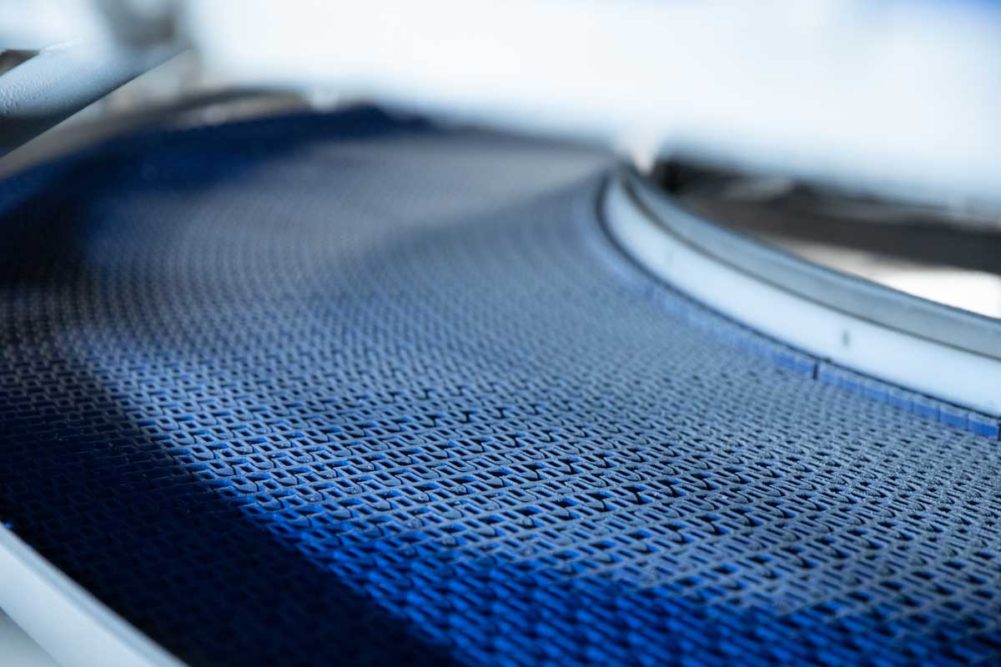Moving baked foods from one conveyor to another can be a tricky proposition. That’s especially true with crackers and cookies, where all transfers must be extremely precise to prevent damage. Here’s a Pro Tip — or a production tip — from Baking & Snack’s July conveyor tech feature for any baker or snack maker looking to keep everything marching in an orderly fashion.
Overall, these transfers require extremely small, sharp nose bars, which may have a detrimental impact on the life of the belt. For starters, consider reducing belt tension, and where practicable, increase the angle of the return belt path, minimize the transfer point load on the belt and extend life expectancy.
For baked products, small-diameter roller nose bars are used to maintain accurate product regimentation. Meanwhile, pizza crusts, croissant dough and other delicate products need a tight nose bar transfer to ensure dough quality and product integrity prior to baking. Small, bite-size items may get stuck between transfers, creating logjams and unnecessary debris. Mini-cookies or muffins require a good, tight transfer between different conveyors to ensure the products’ quality. Product diverters also play a crucial role in automation.
In a typical bread plant, a diverter needs to handle about 120 to 150 loaves per minute, and it runs three shifts for two weeks nonstop. Make sure all diverters have a hygienic design with easy-to-replace spare parts and are suitable to work in an abrasive, oil environment. Finally, check the position on all diverters, transfers, and scrapper bars so they do not get damaged by contacting other conveying equipment. Following these simple Pro Tips will keep your bakery running smoothly.






